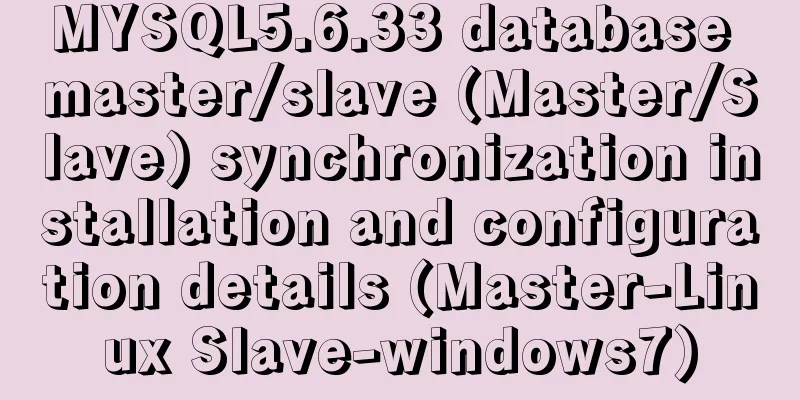How to use mixins in Vue

PrefaceThere is a setting item in Vue called mixins, which is used for code reuse. At the same time, this mixins is also divided into local mixins and global mixins The explanation in vue is as follows. If you think the language is boring, you can skip it. Mixins: A very flexible way to distribute reusable functionality in Vue components. Mixin objects can contain arbitrary component options. When a component uses a mixin object, all of the options of the mixin object will be mixed into the component's own options. Application Scenario Let's first talk about the application scenario of mixins. Suppose we have two components now. When these two components are clicked, they both need to console.log the value of a name attribute in data. The first component is the school component, as shown below
The second component is the student component
We can see that two different components have a method with the same function. This way of writing will lead to us writing the same code in two components. Two components are acceptable, but if there are 200 components that need such functions, it will be annoying. At this time, we can use mixins to reuse code. How to use1. Create a mixin file and expose the corresponding data
Since it is exposed, it must be for others to use, of course, for components 2. Let's talk about local mixins first. Local mixins mean mixing in VueComponet one by one. Global mixins, of course, mix in on the Vue (Vm) object. Here is how to write a local mixin
Similarly, do the same for the student component After completion, when we click, the function can be completed in the same way, and the showName method is what we mixed in through mixins, and we only wrote it once The above is a local mixin, which needs to be mixed in every VueComponet 3. Let's talk about global mixin. We mix it into the Vue object. In this way, all components under Vue will have this method, and there is no need to write it for each component. This writing method is used when it is determined that all components need this method or attribute. Generally, we don't use it this way. Here’s how Import in main.js file
The above is global mixing, which is generally not used much, because all components, all components, and all components will be mixed in. There is rarely such demand Finally, let's talk about what happens if the mixed-in methods, properties, and hook functions already exist locally and a conflict occurs. If there are methods, properties, and hook functions with the same name as the mixed-in methods and properties in this component, the ones in this component will take precedence and the mixed-in ones will not take effect. However, the lifecycle hook function will take effect regardless of whether it is in this component or mixed in, and the mixed-in lifecycle hook will be executed first, and then the lifecycle hook of this component will be executed. SummarizeThis is the end of this article about how to use mixins in Vue. For more information about how to use mixins in Vue, please search for previous articles on 123WORDPRESS.COM or continue to browse the following related articles. I hope you will support 123WORDPRESS.COM in the future! You may also be interested in:
|
<<: Detailed tutorial on how to create a user in mysql and grant user permissions
>>: Installation and usage analysis of Portainer, a visual UI management tool for Docker
Recommend
XHTML Getting Started Tutorial: What is XHTML?
What is HTML? To put it simply: HTML is used to m...
About the problem of writing plugins for mounting DOM in vue3
Compared with vue2, vue3 has an additional concep...
An article to show you how to create and use Vue components
Table of contents 1. What is a component? 2. Crea...
MySQL database JDBC programming (Java connects to MySQL)
Table of contents 1. Basic conditions for databas...
How to deal with garbled characters in Mysql database
In MySQL, database garbled characters can general...
Detailed explanation of the role of overflow:hidden (overflow hiding, clearing floats, solving margin collapse)
1. overflow:hidden overflow hidden If overflow:hi...
JavaScript event delegation principle
Table of contents 1. What is event delegation? 2....
Tutorial on installing php5, uninstalling php, and installing php7 on centos
First, install PHP5 very simple yum install php T...
Node uses async_hooks module for request tracking
The async_hooks module is an experimental API off...
How to draw a mind map in a mini program
Table of contents What is a mind map? How to draw...
Mini Program to Implement Slider Effect
This article example shares the specific code for...
Vue implements the countdown component for second kills
This article shares the specific code of Vue to i...
Use of Linux bzip2 command
1. Command Introduction bzip2 is used to compress...
Detailed examples of variable and function promotion in JavaScript
js execution Lexical analysis phase: includes thr...
Implementation of master-slave replication in docker compose deployment
Table of contents Configuration parsing Service C...














